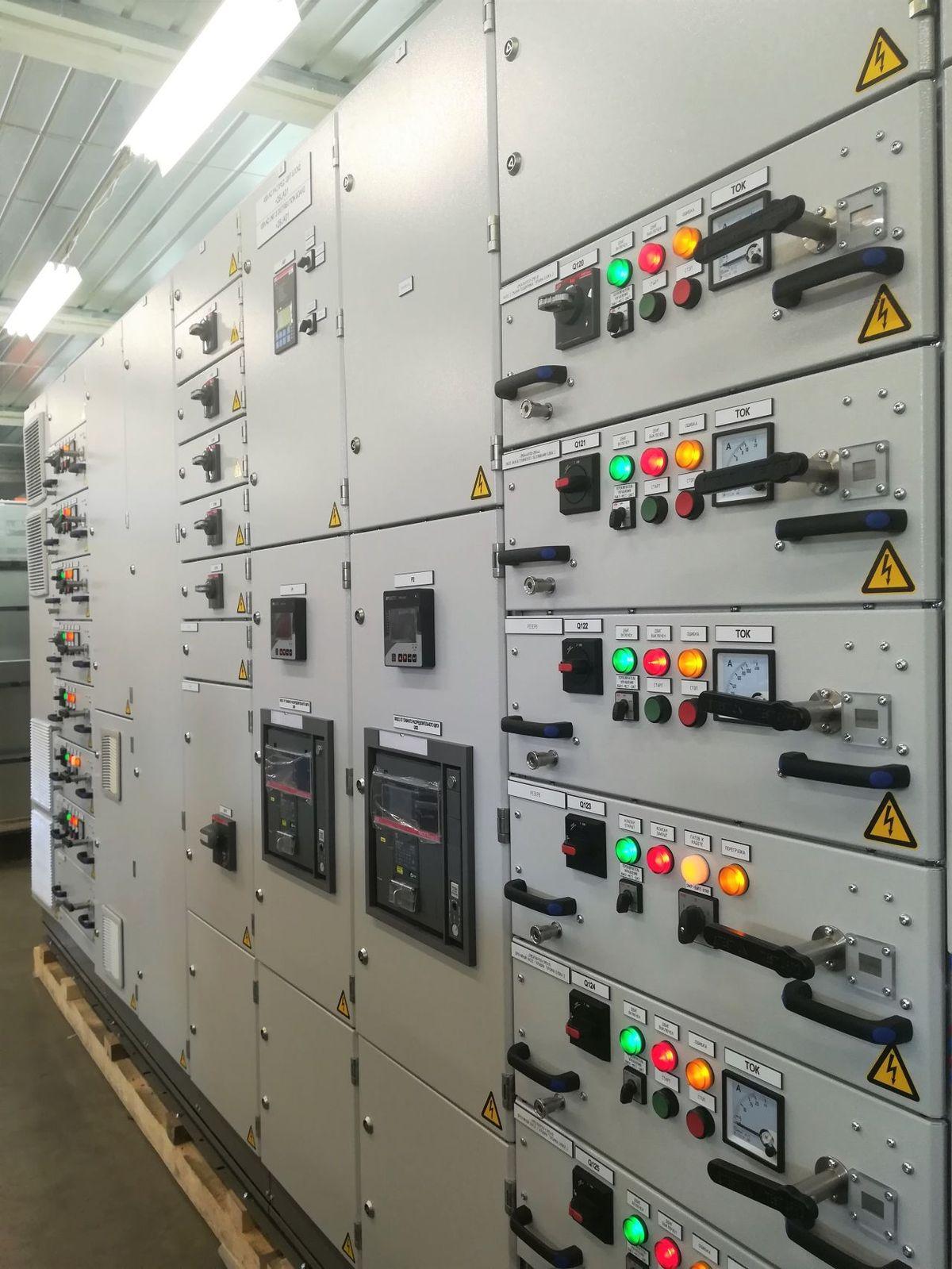The Evolution and Impact of Vacuum Interrupter Technology

I. Historical Context: From Oil to Vacuum
-
Oil Breakers: Prone to fires, required large tanks, and needed frequent maintenance. -
Air-Blast Breakers: Loud, energy-intensive (needed compressed air systems), and less effective at high fault currents.
II. Core Components and Working Principles
1. The Vacuum Chamber
-
A sealed enclosure (made of glass, ceramic, or metal alloys) maintains an ultra-high vacuum (10⁻⁴ to 10⁻⁷ mbar). This absence of air or other gases is the foundation of its arc-quenching capability.
2. Contacts: The Arc Initiation Point
-
Fixed and Movable Contacts: Made from copper-chromium (CuCr) alloys (the most common) or advanced composites (e.g., CuCr with tungsten). These materials balance conductivity with the ability to vaporize and cool the arc. -
When the breaker opens, the contacts separate, and current flows through a metal vapor arc until the vacuum’s properties extinguish it.
3. Metal Bellows: The Moving Seal
-
A corrugated, corrosion-resistant bellows (typically stainless steel) allows the movable contact to move axially while maintaining the vacuum seal. This design ensures the chamber remains hermetically sealed for decades.
III. The Arc-Quenching Mechanism: Why Vacuum Works
1. Lack of Ionizable Gas
-
In air or oil, arcs sustain themselves due to ionized gas molecules. In a vacuum, there are no free gas particles to maintain the plasma column, causing the arc to collapse almost instantly.
2. Rapid Vapor Diffusion
-
When contacts separate, the metal (CuCr) vaporizes, creating a temporary arc. However, the low particle density in the vacuum causes this vapor to diffuse away quickly, depriving the arc of sustenance.
3. High Dielectric Recovery
-
After the arc current crosses zero (during the AC cycle’s natural zero point), the vacuum’s insulation strength (~10⁴ V/mm) recovers rapidly, preventing the arc from re-striking.
IV. Advantages Over Legacy Technologies
|
|
|
|
|
|---|---|---|---|
|
|
|
|
|
|
|
|
|
|
|
|
|
|
|
|
|
|
|
|
|
|
|
|
|
V. Applications Across Power Systems
1. Medium-Voltage Circuit Breakers (1kV–38kV)
-
Industrial Use: Protect motors, transformers, and feeders in factories, mines, and data centers. -
Utility Distribution: Used in substations to isolate faults and manage load switching.
2. Switchgear and Reclosers
-
Gas-Insulated Switchgear (GIS): Vacuum interrupters replace SF₆ components in compact, environmentally friendly GIS designs. -
Automatic Circuit Reclosers (ACRs): Essential for rural electrification and overhead lines, automatically restoring power after transient faults.
3. Renewable Energy Integration
-
Solar/Wind Farms: Protect inverters, DC/AC converters, and distribution lines in decentralized energy systems. -
DC Applications (Emerging): Research focuses on adapting vacuum technology for DC breakers (e.g., HVDC grids), where arc quenching is more complex.
VI. Innovations Driving the Future
1. Higher Voltage Ratings
-
While traditionally limited to 38kV, multi-break designs and optimized contact geometries are enabling ratings up to 72.5kV and beyond, expanding their use in transmission networks.
2. Sustainable Materials
-
Eco-Friendly Alloys: New contact materials (e.g., CuCr with silver coatings) improve durability while reducing resource consumption. -
Recyclable Components: Metal and ceramic parts are designed for end-of-life recycling, aligning with circular economy goals.
3. Smart Grid Integration
-
Embedded sensors monitor contact wear, vibration, and temperature, enabling predictive maintenance and reducing downtime. -
Compatibility with digital protection relays enhances grid automation and fault response.
VII. Global Impact and Market Trends
-
Adoption Rates: Over 80% of medium-voltage breakers sold globally now use vacuum interrupters, driven by their reliability and environmental benefits. -
Regulatory Push: Bans on SF₆ (e.g., EU’s F-Gas Regulation) and oil (due to fire risks) are accelerating vacuum interrupter deployment. -
Economic Benefits: Lower lifecycle costs (no gas handling, minimal maintenance) make them cost-effective for utilities and industries.
Conclusion
Pesquisar
Categorias
- Art
- Causes
- Crafts
- Dance
- Drinks
- Film
- Fitness
- Food
- Jogos
- Gardening
- Health
- Início
- Literature
- Music
- Networking
- Outro
- Party
- Religion
- Shopping
- Sports
- Theater
- Wellness
Leia mais
Digital Education Market: Key Market Size, Share, and Growth Trends
Market Overview
The global digital education market was valued at USD 9.39 billion in 2020 and...
How the Right Curtains Can Boost Your Health and Daily Wellness
When thinking of wellness, we often focus on diet, exercise, and sleep. But did you know your...
Remote Vehicle Shutdown Market Revenue Analysis, Forecast, Future Scope, Challenges, Growth Drivers
"Executive Summary Remote Vehicle Shutdown Market :
Remote vehicle shutdown market is...
Crosslinked Shrink Film: Protect and Display Products
Looking for a reliable Crosslinked Shrink Film Supplier ? JT Package offers high-performance...
Enhancing Industrial Automation with Reliable Linear Guide Rail Sliders
In today’s fast-paced industrial environment, the need for precise and reliable motion is...



